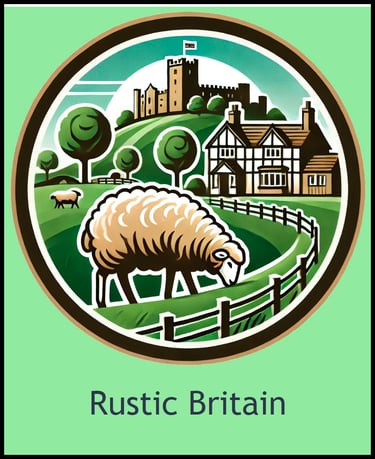Field to Fork: Celebrating Local Food and Heritage
Arabella and her husband, Hugo, operate The Salwey Lodge, a historic property built in the 1740s by Theophilus Salwey. The Lodge has, remarkably, remained virtually unchanged since its construction. Today the Lodge is part of a 1,000-acre farm and Arabella is passionate about “field-to-fork” food and the connection to the land and the incredible local produce grown in Herefordshire and Shropshire. Guests staying at the Lodge can see the livestock grazing in the parkland or during mapped walks across the farmland, providing a tangible connection to where and how their food is produced.
Arabella Salwey
12/29/20245 min read
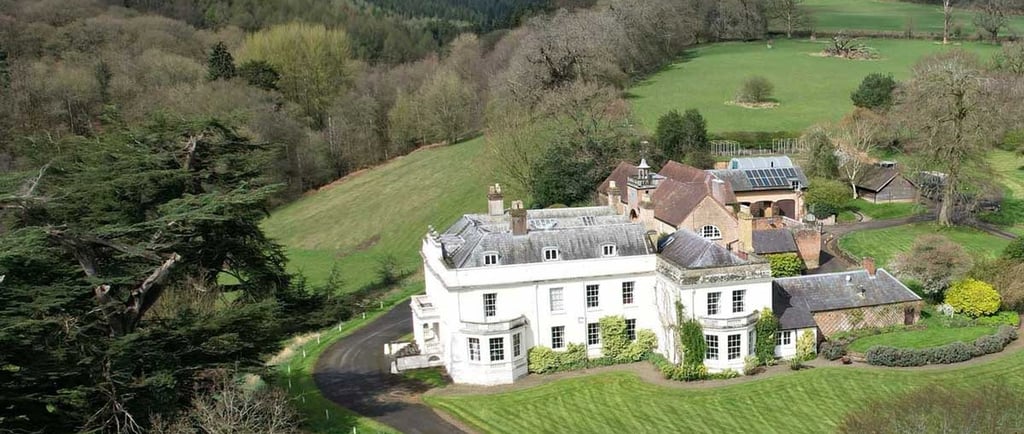

I've been fortunate to call Salwey Lodge (The Lodge) my home for the past 15 years, following eight years of living in Australia. My time in Australia underscored just how disconnected the UK has become from seasonality and the use of local produce. Remarkably, over 90% of the food consumed in Australia is grown domestically. Walk into the South Melbourne Market in early November, and you'll experience a buzz as the first mangoes of the season arrive.
In contrast, supermarkets in the UK stock mangoes year-round, sourced from all over the world. These imported mangoes often fail to ripen properly or lack the authentic taste of those grown locally in their natural season. In contrast in supermarkets, it is hard to find delicious locally grown apples in the autumn but instead pink lady and granny smiths are packaged up from south Africa and California. One of my favorite moments of the year is wandering out to the orchard at the Lodge to pick English apples and pears straight from the trees. The surplus apples are harvested and pressed into the Lodge’s apple juice.
This connection to the land is why I am so passionate about “field-to-fork” food and celebrating the incredible local produce grown in Herefordshire and Shropshire. We live on a 1,000-acre farm where we produce lamb and beef. We’re fortunate to have a local livestock market less than a mile away, a local abattoir (slaughterhouse) under 10 miles away, and four butchers in nearby Ludlow. As a result, the lamb and beef served at the Lodge have traveled no more than 5–10 miles, and the difference in taste is remarkable. Guests staying at the Lodge can see the livestock grazing in the parkland or during mapped walks across the farmland, providing a tangible connection to where and how their food is produced. Our livestock are raised in a natural habitat—our fields are not overgrazed or over-fertilized, and the animals enjoy a natural diet.
When I arrived at the Lodge in 2008, I inherited an expansive vegetable garden. I often joke that it’s a case of “survival of the fittest,” as I wouldn’t describe myself as having a natural talent for gardening. With so many other responsibilities, the fruits and vegetables have largely had to thrive on their own. However, there’s nothing more rewarding than digging up fresh potatoes for supper, accompanied by homegrown lettuce, carrots, and tomatoes. As the popularity of walking and hiking holidays at the Lodge has grown, I’ve dedicated more time and care to the vegetable garden to ensure my guests can savor freshly picked, homegrown produce. In June and July, my raspberry canes are laden with fruit, which I process into ice cream, coulis, and, of course, raspberry jam. I also love offering guests the opportunity to take home a vegetable or fruit box from the garden, especially if they’re heading back to the city on a Sunday evening.
While studying for a Master’s degree in Environmental Management, I gained an even deeper understanding of the damage caused by the global food chain. The UK’s temperate maritime climate makes it ideal for farming without the need for heavy irrigation. Despite these favorable conditions, the UK only produces about 60% of its food, mainly grains, meat, dairy, and eggs, while a significant portion of fruit and vegetables is imported to meet year-round demand. As a child, I would eagerly await autumn to enjoy freshly ripened corn on the cob. Today, supermarkets sell corn imported from Brazil in May. Naturally, my vegetable garden is full of corn on the cob for guests visiting in September.
I also find it frustrating that New Zealand lamb and Argentinian beef are often priced similarly to local produce, with no recognition of the carbon footprint incurred to transport these items. Freight and shipping have significant environmental costs, including compromised taste and quality. Furthermore, when importing meat, we lose oversight of animal husbandry and farming practices.
That’s why I applaud the “true-price initiative”, a system that accounts for environmental and social costs in product pricing that has been adopted in some stores in central Amsterdam. This approach prices items like courgettes (zucchini) based on their actual value, while additional costs—such as carbon footprint and non-renewable resource usage—are transparently included. This system educates consumers about the resources expended to bring products to the shelf and encourages them to shop locally.
At the Lodge, I feel immensely privileged to cook with ingredients that are predominantly sourced from our garden or farm, or from local suppliers who share my values. Shropshire and Herefordshire are home to enterprising small businesses producing everything from honey to gin in sustainable, low-carbon ways. By supporting these local producers, we can truly appreciate the abundance and quality of what our region offers.
The comment that surprised me most when I first opened the Lodge was how much guests raved about the food. I wouldn’t call myself a fancy chef—more a traditional cook who relies on seasonal, locally sourced ingredients. The quality and flavor of these ingredients speak for themselves, requiring little effort on my part to serve guests delicious, nutritious meals with a gratifyingly minimal carbon footprint.
Arabella and her husband, Hugo, operate The Salwey Lodge, a historic property built in the 1740s by Theophilus Salwey. Remarkably, the Lodge has remained in the Salwey family ever since and is virtually unchanged structurally since its construction. Compelling evidence suggests that the Lodge was designed by Sir Robert Taylor, the renowned architect behind parts of the Bank of England and Admiralty House in London.
The Lodge combines the elegance of a stylized metropolitan villa with the charm of a picturesque rural landscape. Inside, visitors are treated to exquisite carvings, intricate mouldings, and custom-designed furniture that reflect the estate's original vision. The walls are adorned with paintings and portraits that tell the story of the Salwey family and the house's rich history, offering a unique experience for discerning guests.
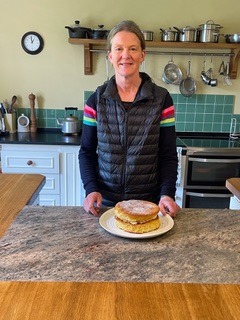

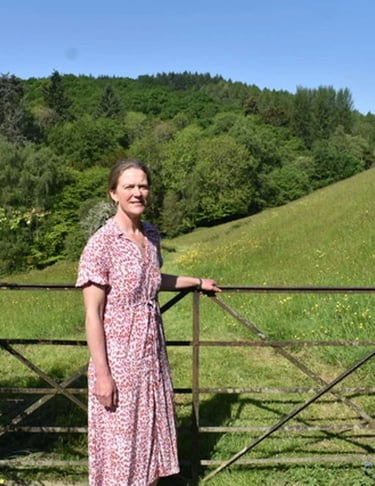

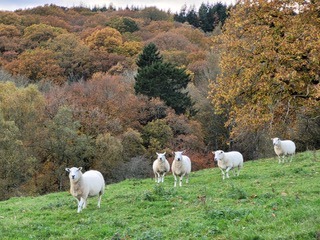

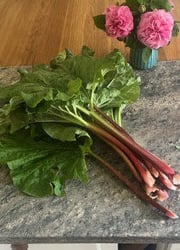

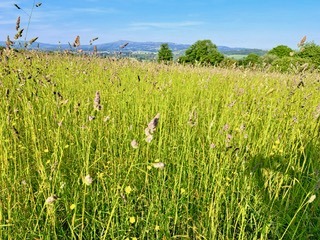

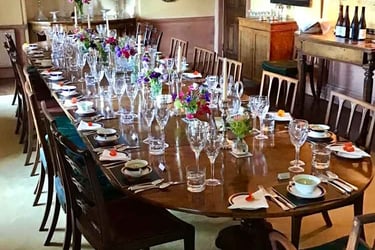

Learn more about The Salwey Lodge and the passionate goal of sustainability
Wildflower magazine article featuring Salwey Lodge

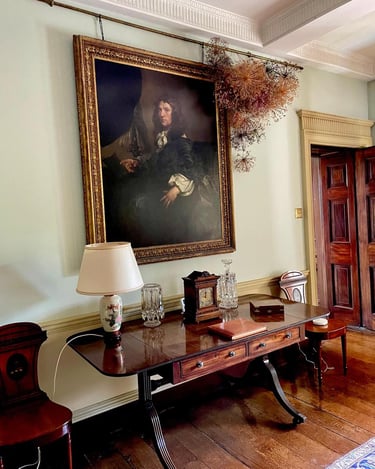
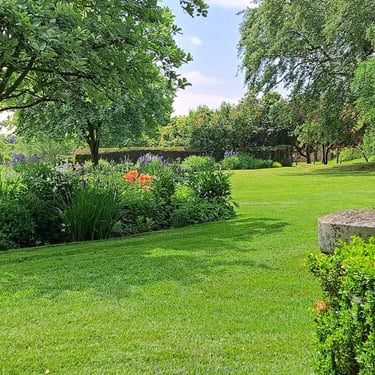
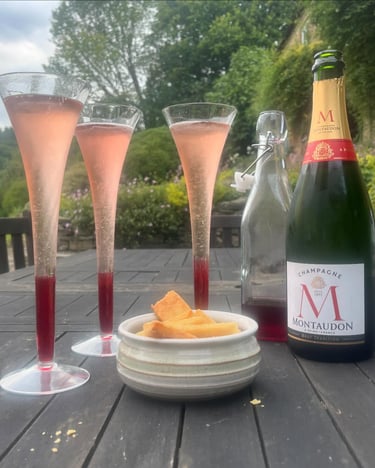
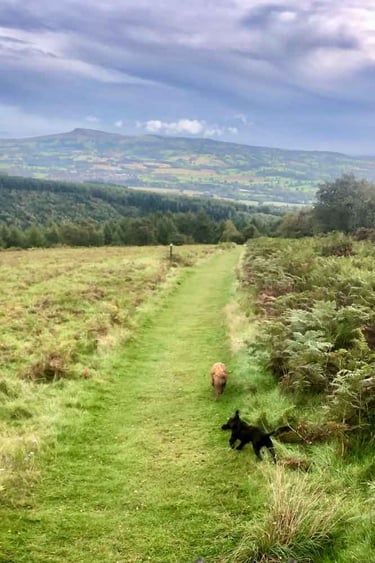
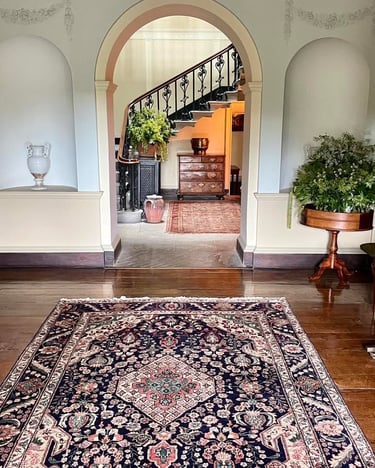
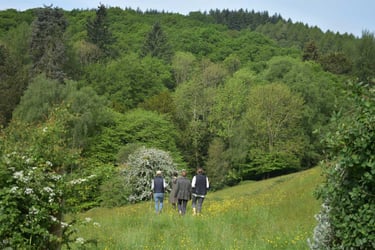







reach us on Social Media
JOIN OUR LIST
info@rusticbritain.com
(978) 412-0019
© 2025. All rights reserved.
